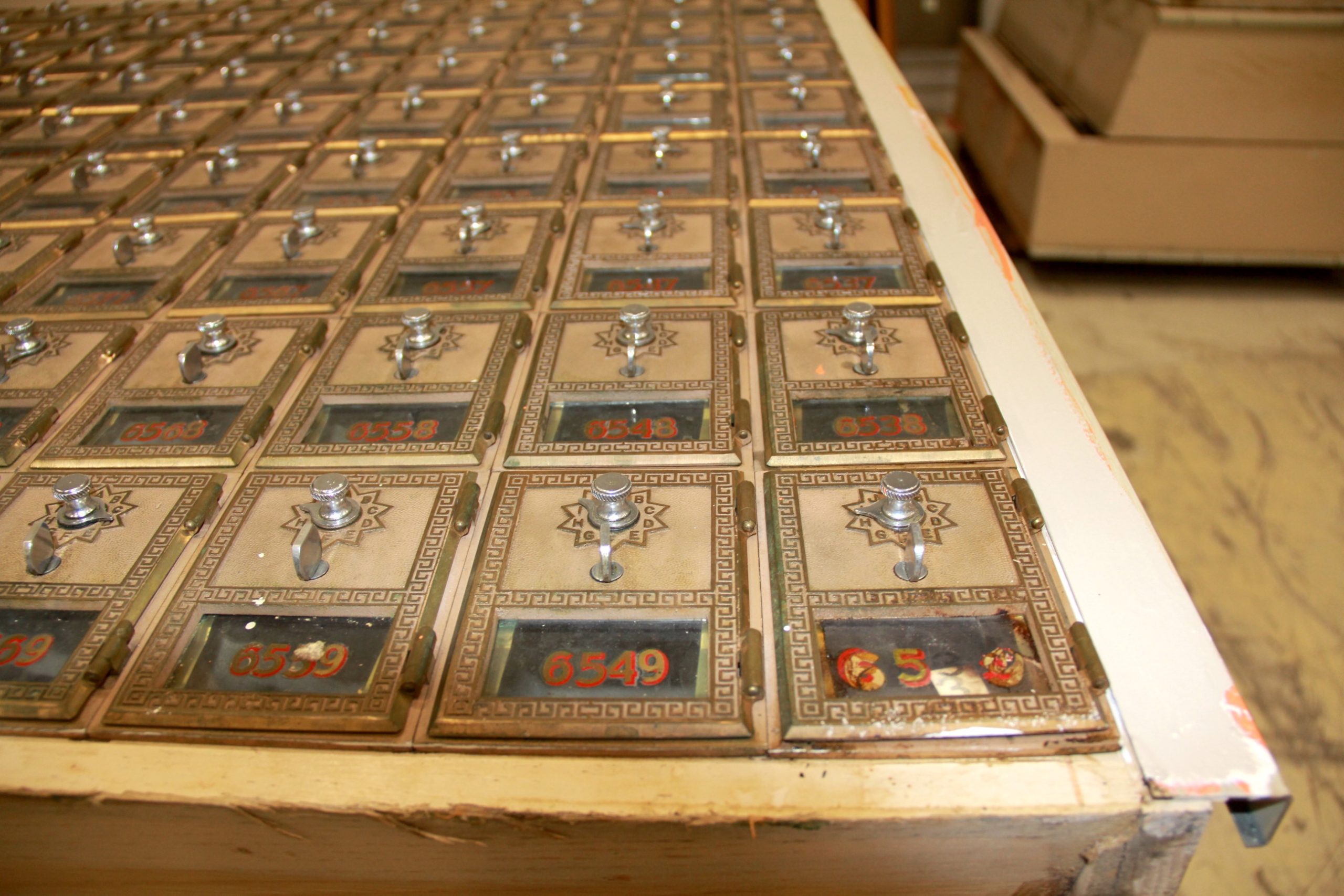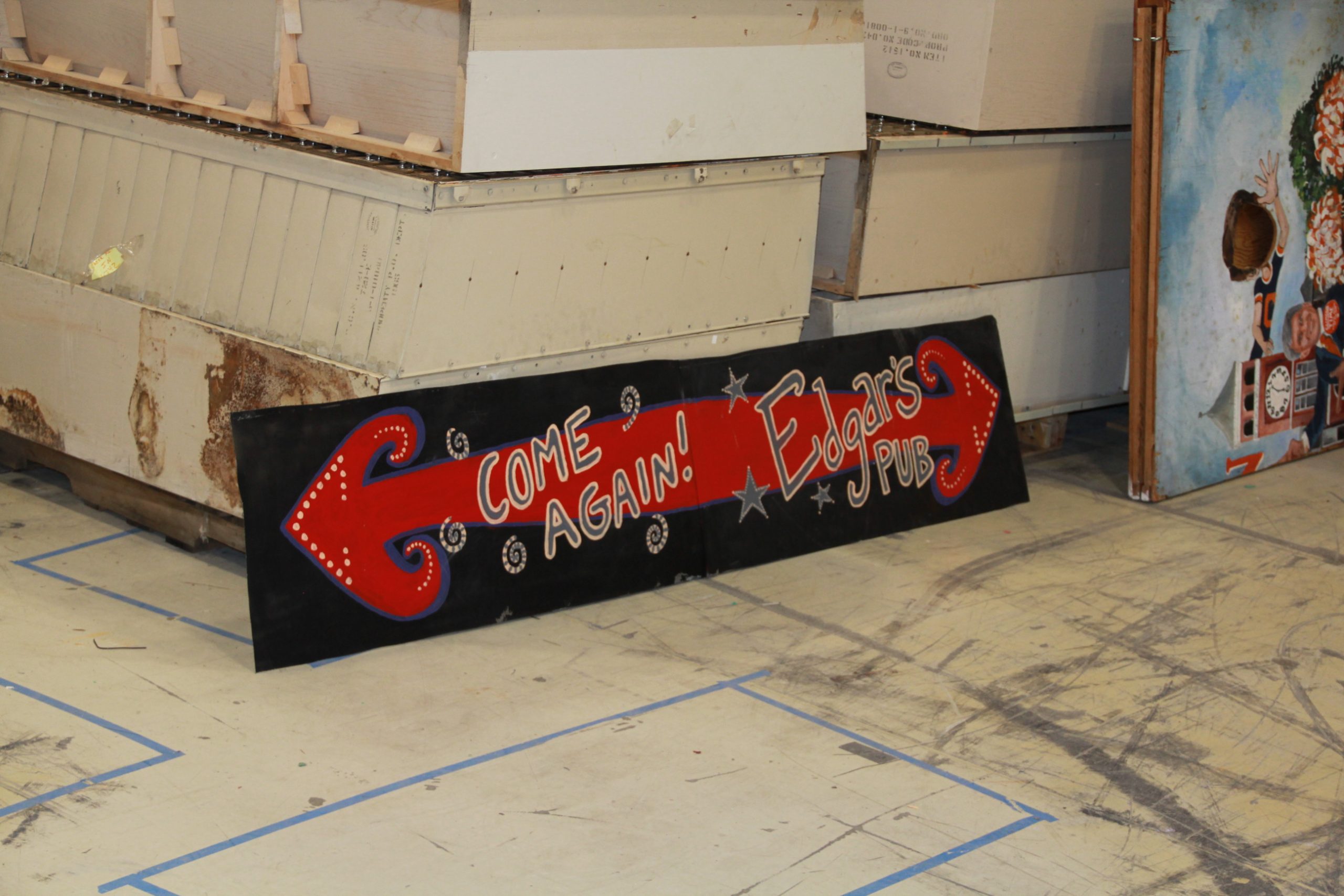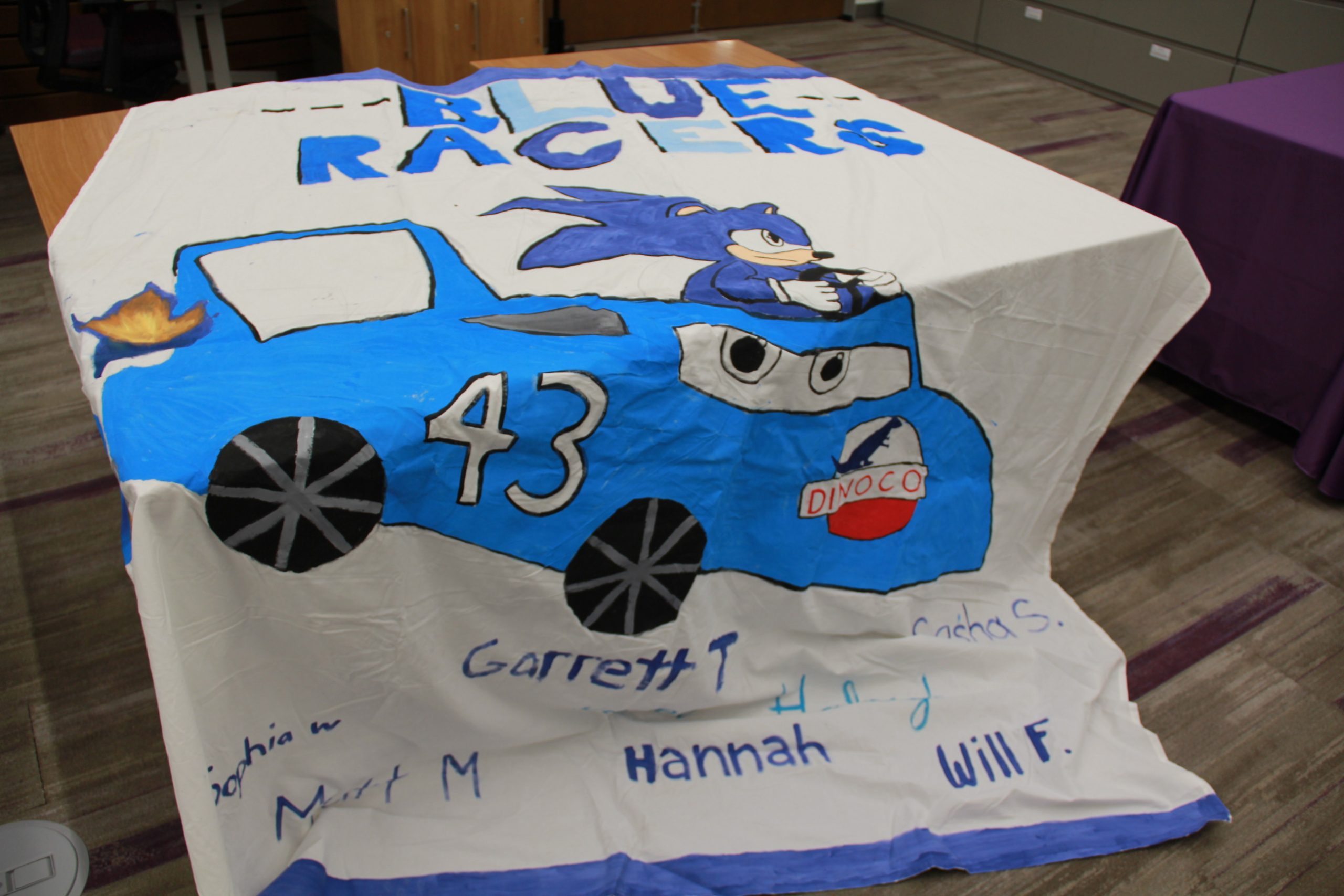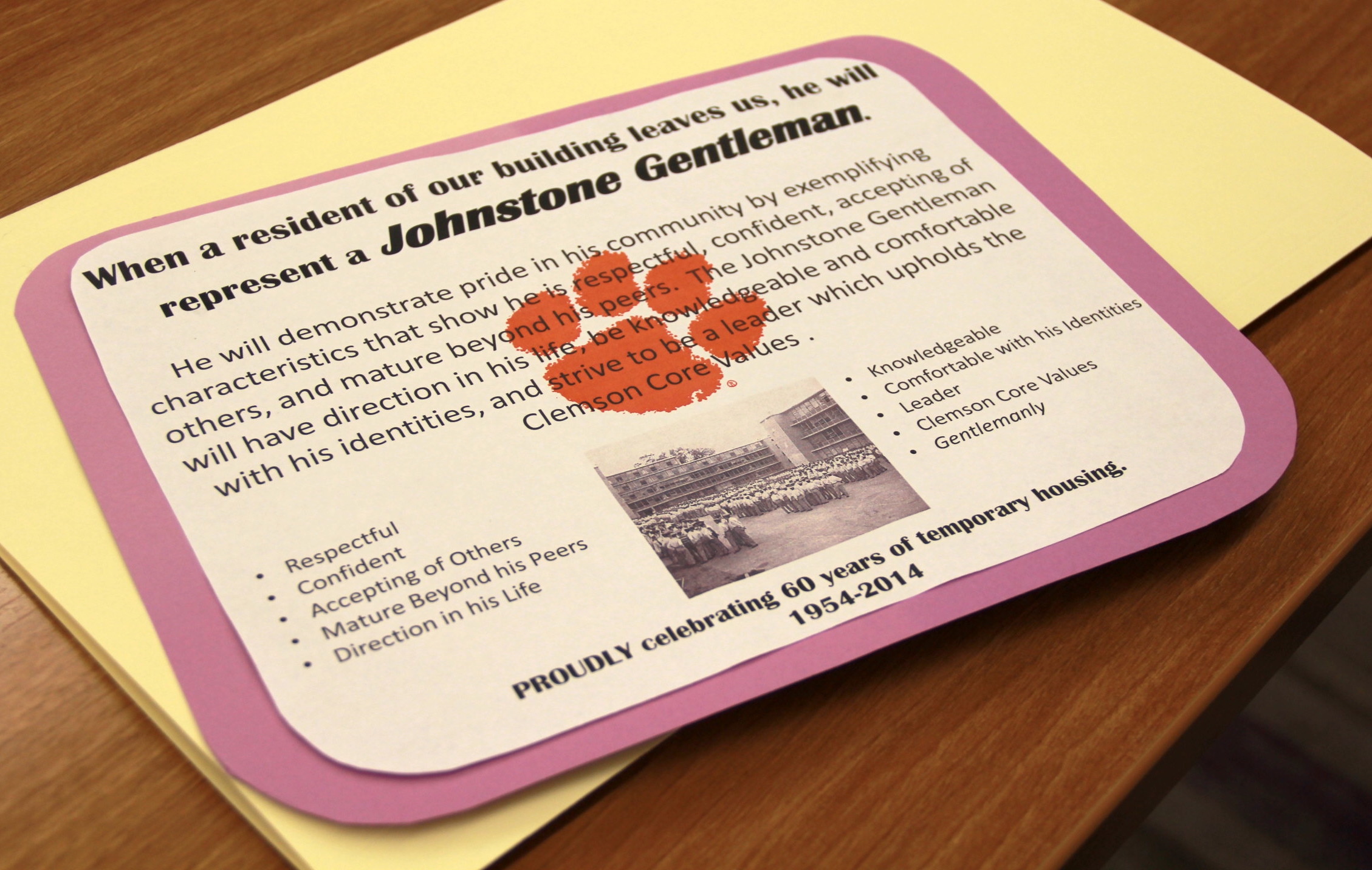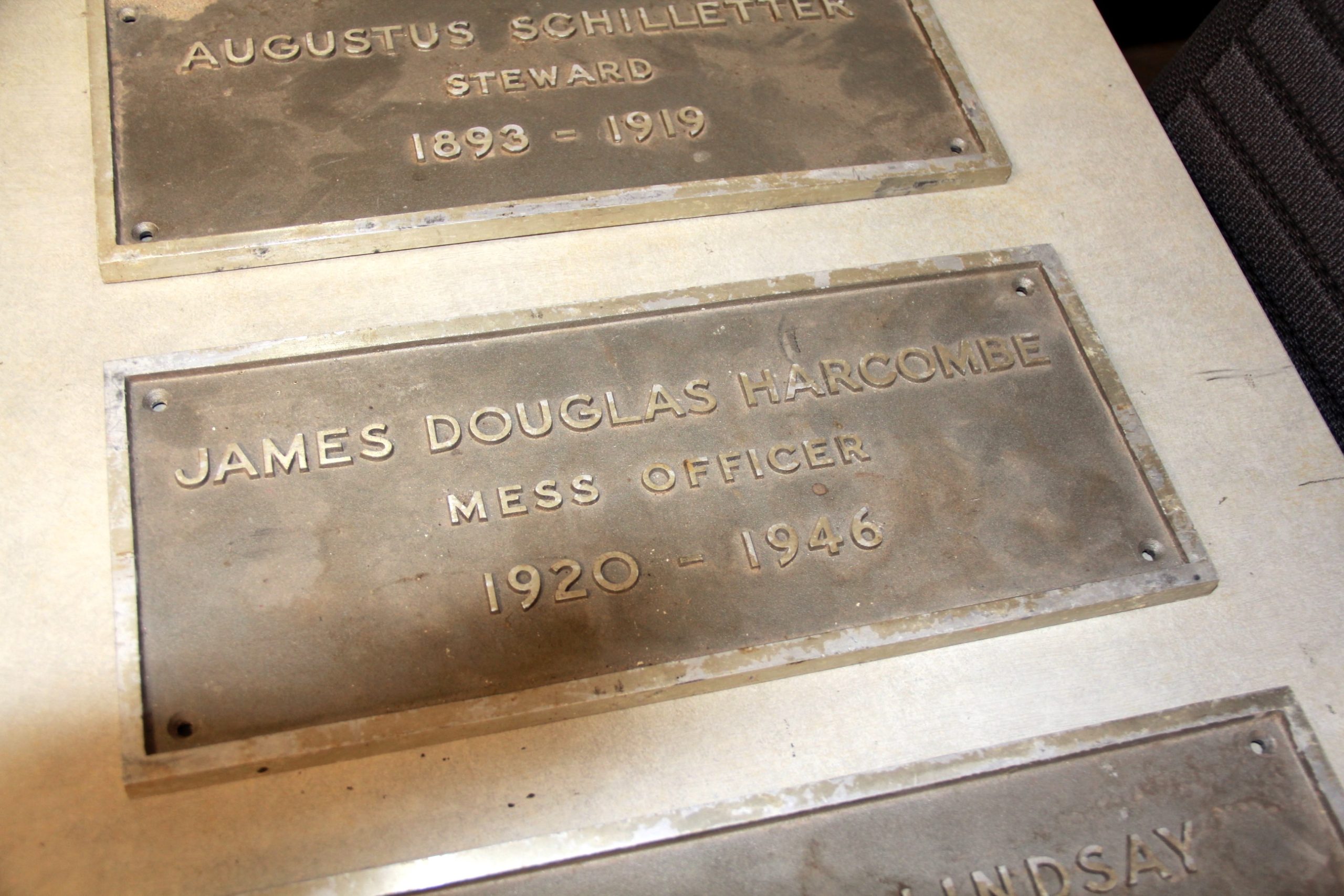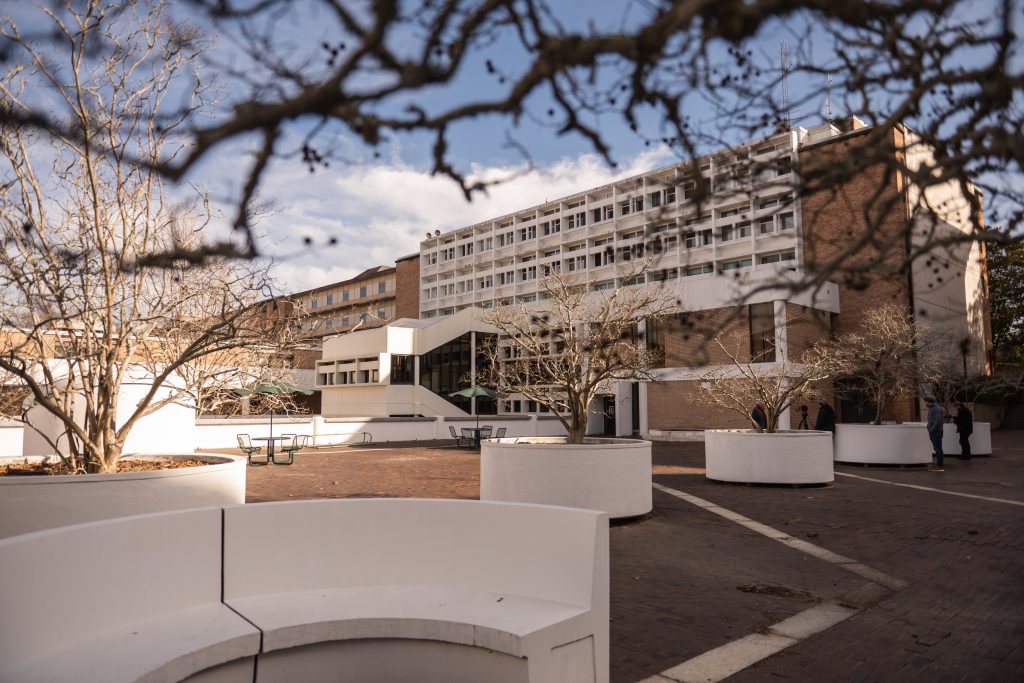 To pave the way for growth and progress, sometimes you have to tear down the past. Such is the case with the Edgar A. Brown University Union and Johnstone Hall, which are slated for demolition on the Clemson University campus this summer. While those buildings will soon be gone, they will not be forgotten, thanks to efforts by Special Collections and Archives to preserve artifacts from the buildings.
To pave the way for growth and progress, sometimes you have to tear down the past. Such is the case with the Edgar A. Brown University Union and Johnstone Hall, which are slated for demolition on the Clemson University campus this summer. While those buildings will soon be gone, they will not be forgotten, thanks to efforts by Special Collections and Archives to preserve artifacts from the buildings.
Nick Richbell, head of Special Collections and Archives, and Sean Baker, exhibits and artifacts curator, were given the opportunity to walk through the buildings and take items to preserve in their collections. Among the items they took were brochures and other promotional pieces from Graduate Student Government, hand-made banners used by candidates running for Undergraduate Student Body president, commemorative plaques from the walls Harcombe Dining Hall, signage from the old Edgar’s Pub that was once in the Union, even plastic plates and napkins marked with the Tiger Paw.
“You just want to get things that people are going to have a connection to, especially dealing with artifacts. Plastic plates with a Tiger Paw on them may not seem like much now, but as time goes on, who knows what we’re going to transition to in the future, so when these generations of students that come back as alumni see those things, we want them to have a connection to those items,” Baker said. “For example, we have a pitcher that was used in the dining room back when Clemson had a cadet corps. It’s just a simple, silver pitcher, but for all those students that were cadets here who had to fill that thing up with water and bring it back to the dining hall table, they have an instant connection when they see something like that. That’s kind of what we’re looking for when we walk through these buildings. And we only have one shot at getting this stuff.”
Not only were they allowed to take artifacts from the buildings, but they were also allowed to take pieces of the buildings themselves, including the walls, closet sinks and mirrors from a room in Johnstone Hall, so that an entire dorm room could be reconstructed. They also obtained the large metal double doors to the Palmetto Ballroom, which was a popular event space in the University Union, and banks of mailboxes from the old student post office.
Richbell said that the facilities project team “didn’t blink an eye” at any of his requests.
“It was great to be included in this, knowing that there are folks on campus who care deeply about the University’s history, as much as we do,” said Richbell. “We want to be able to tell Clemson’s history for future generations. This school isn’t going backwards, we’re going forwards, so even though we’re taking pieces of the past, we’re taking it for the future, so future generations can enjoy them and share their memories of their time at Clemson. If we don’t take these things, all that’s going to be lost. We can hopefully keep telling the Clemson story over and over again, even after our time at Clemson.”
Johnstone Hall was originally built in six sections — named A, B, C, D, E and F — in 1954. Sections B and C were demolished in 1992, and D, E and F were torn down in 2002. The University Union opened in 1976 and once housed student government offices, staff offices, event spaces, Harcombe Dining Hall, the student bookstore, the campus post office, the Union Underground recreation area and Edgar’s Pub, which later became the first Starbucks location on campus.
Special Collections and Archives is located in the first floor of the Strom Thumond Institute, though some of the larger items from their collection are stored in the Libraries’ off-site storage facility at the Library Depot in Pendleton.
Special Collections and Archives is always interested in hearing from potential donors who have items, photographs or documents related to Clemson history. Contact archives@nullclemson.edu to learn more about donating.


